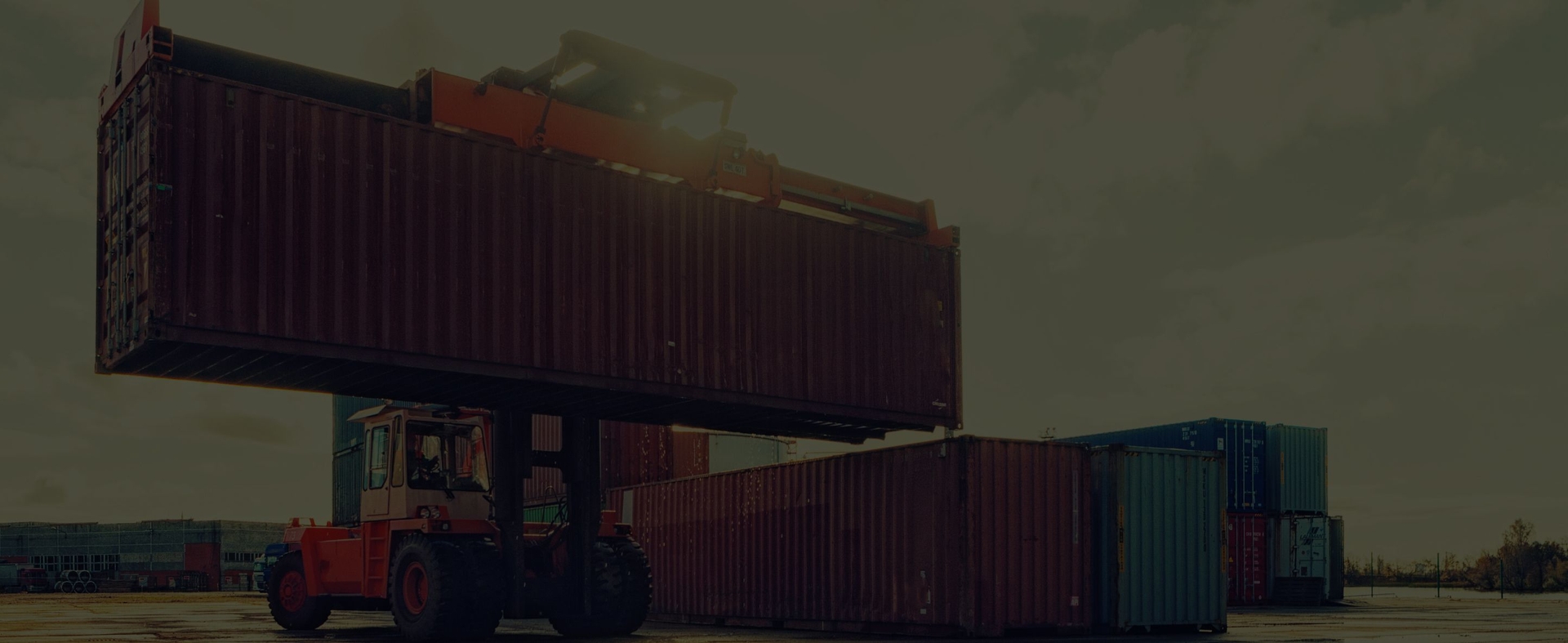
20-foot Container - Dimensions, Specs and Weight
- Compare 50,000+ Quotes from Multiple Carriers
- Trusted by 10,000+ Customers Globally
- 40,000+ Tradelanes Covered Globally



The 20‑foot “dry van” container is the little workhorse you see stacked at the bows of most container vessels. Standardised under ISO 668 —it measures 20 ft × 8 ft × 8 ft 6 in (6.10 m × 2.44 m × 2.59 m) and provides about 32.6 m³ of usable volume — giving shippers a sweet spot between capacity and manoeuvrability. ITEH Standards
1. How Much Can You Really Fit Inside a 20‑ft Container?
Inside dimensions are 5.90 m (L) × 2.35 m (W) × 2.39 m (H). In practice that works out to:
- 11 Euro pallets (1.20 m × 0.80 m) loaded alternately length‑ and cross‑wise, or
- 10 U.S. standard pallets (40 × 48 in) in two tidy rows.
For oddly‑shaped cargo, our free CBM calculator lets you confirm everything will fit before you book.
2. Typical Cargo (and Why It Works So Well)
- Consumer goods – apparel, small appliances, flat‑pack furniture.
- Industrial inputs – metal parts, textiles, precision tooling.
- Perishables – food or pharma in a 20‑ft reefer variant.
- Heavy bulk – cement, steel coils, tiles that would breach truck weight limits in a 40‑footer.
Shippers choose the 20‑footer because dense or high‑value goods often max out weight long before volume, while the smaller footprint manoeuvres easily through older road and rail networks.
3. Weight Limits You Need to Respect
The empty (tare) weight sits around 2,300 kg; most carriers cap the gross at ≈ 28 t (25,400 kg) on a standard 20‑ft box. Maersk’s own spec sheet, for example, lists a payload ceiling of 28.2 t. (maersk.com) Always double‑check both the ocean‑carrier limit and local road regulations to avoid last‑minute re‑stows.
4. What Really Drives Your Freight Rate?
| Cost lever | What it covers | When it spikes |
|---|---|---|
| Base ocean freight | Port‑to‑port move, often “all‑in” | Lanes with high demand or fuel volatility |
| BAF (Fuel Adjustment Factor) | Offset bunker‑fuel swings | Adjusted quarterly; new tariffs Jan 2025 – Maersk (maersk.com) |
| CAF (Currency Adjustment Factor) | Hedge against FX shifts | Kicks in on routes with USD / local‑currency gaps |
| Port & terminal fees (THC, T3) | Load/unload & wharfage | Published annually by port authorities (e.g., Rotterdam 2025 tariff) (Port of Rotterdam) |
| Special surcharges | Piracy, canal transit, congestion | Route‑specific, pre‑announced by carriers |
Plan ahead—especially July–November (global peak season) or just before Chinese New Year—to lock in space before vessels sell out.
5. FCL or LCL? A Quick Reality Check
- FCL (Full Container Load) makes sense once cargo hits about 28 m³ or 15 t—you control the seal, timing and stowage.
- LCL (Less than Container Load) suits smaller batches; you pay only for the cubic meters you use, but budget for extra handling and slightly longer transits.
Unsure? Feed your carton sizes into the CBM calculator—if it flags < 50 % utilisation, LCL is usually cheaper.
6. Packing Your 20‑ft Container for the Long Haul
- ISPM‑15 pallets or crates to breeze through customs.
- Shrink‑wrap plus desiccant for moisture control.
- Even weight distribution to avoid floor warping.
- Ratchet straps or air bags to keep dense cargo from shifting.
- IMDG‑compliant labelling for hazardous goods – see the current IMO IMDG Code.
7. Why SMEs Love 20‑Footers for Long Routes
Smaller importers shouldn’t pay for cubic metres they’ll leave empty. The 20‑ft unit’s standard footprint moves seamlessly between ships, trucks and trains, minimizing transfers—while optional reefers, open‑tops and flat‑racks cover almost any commodity need.
Frequently Asked Questions
Yes—ISO containers are Wind & Water Tight. Still, use desiccant packs to prevent condensation.
Yes—if it meets the IMDG Code; supply the MSDS, UN number and placards, and obtain carrier pre‑approval.
Multiply each box’s length × width × height (cm), add them up and divide by 1,000,000. Or use our CBM calculator in seconds.
- 1. How Much Can You Really Fit Inside a 20‑ft Container?
- 2. Typical Cargo (and Why It Works So Well)
- 3. Weight Limits You Need to Respect
- 4. What Really Drives Your Freight Rate?
- 5. FCL or LCL? A Quick Reality Check
- 6. Packing Your 20‑ft Container for the Long Haul
- 7. Why SMEs Love 20‑Footers for Long Routes
Related Articles


